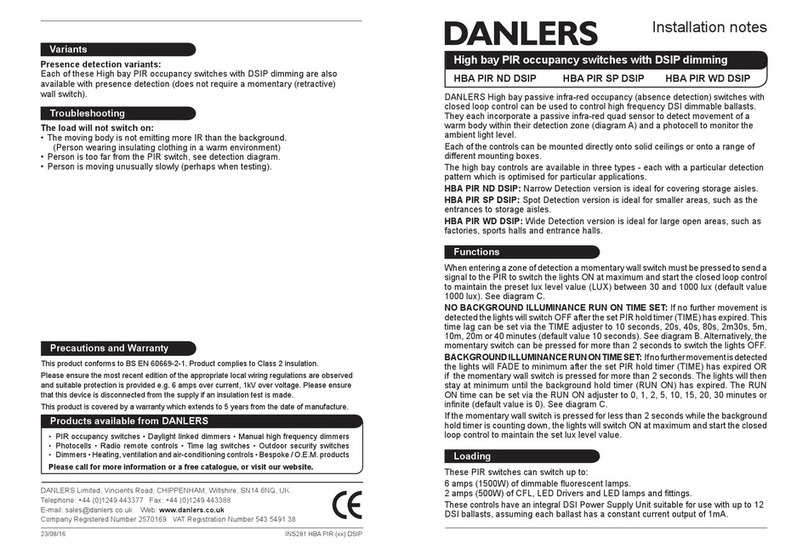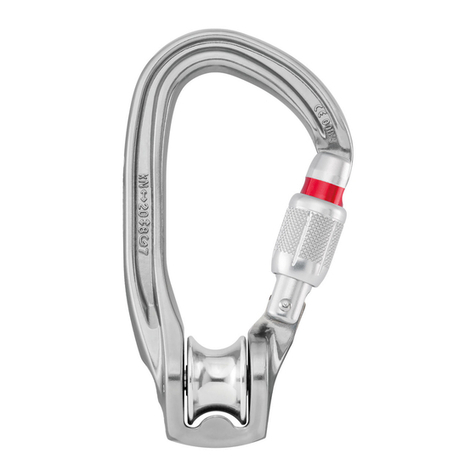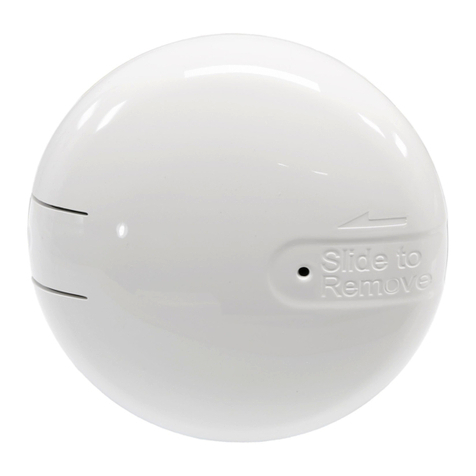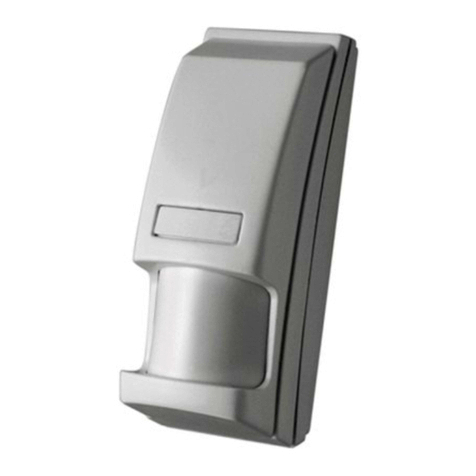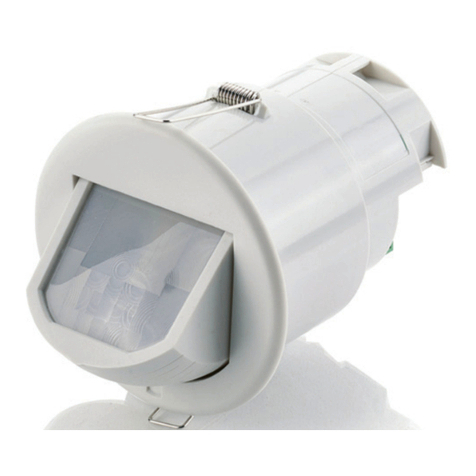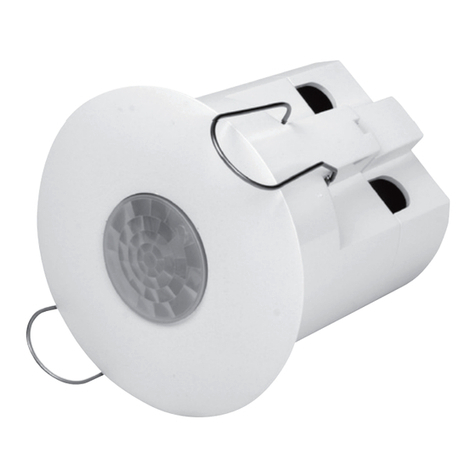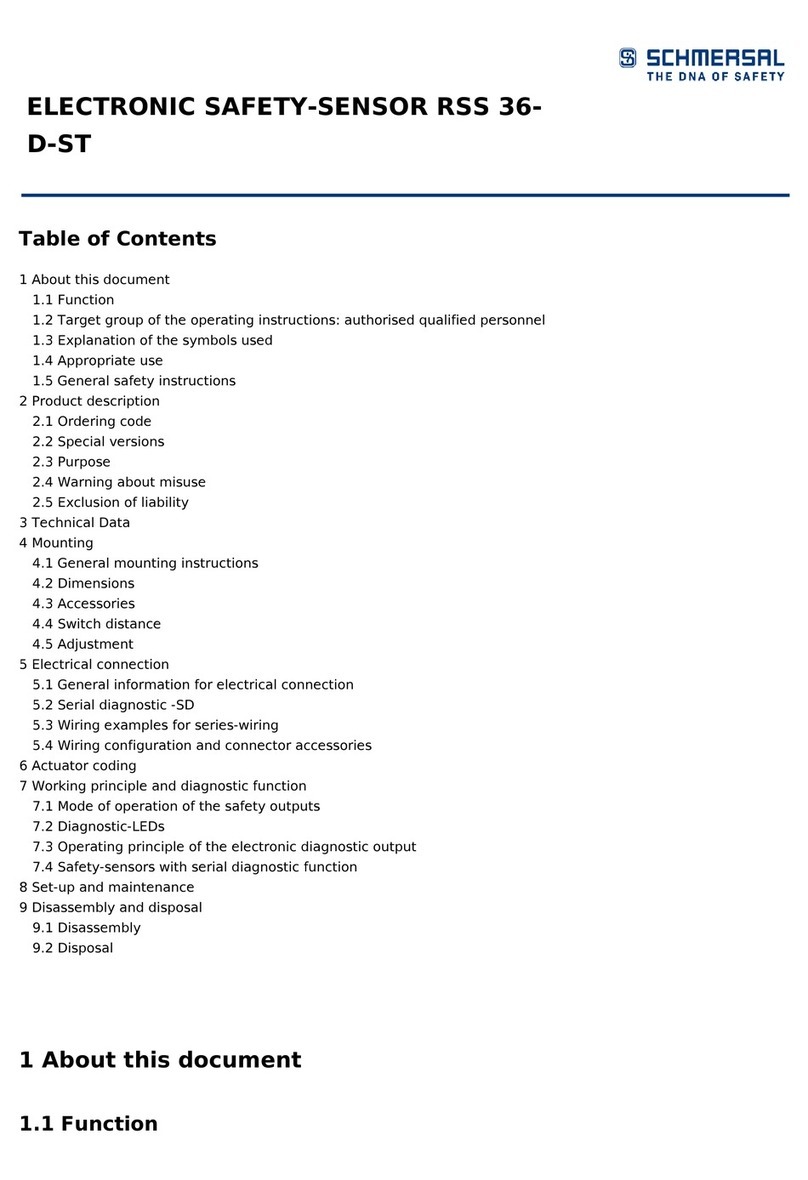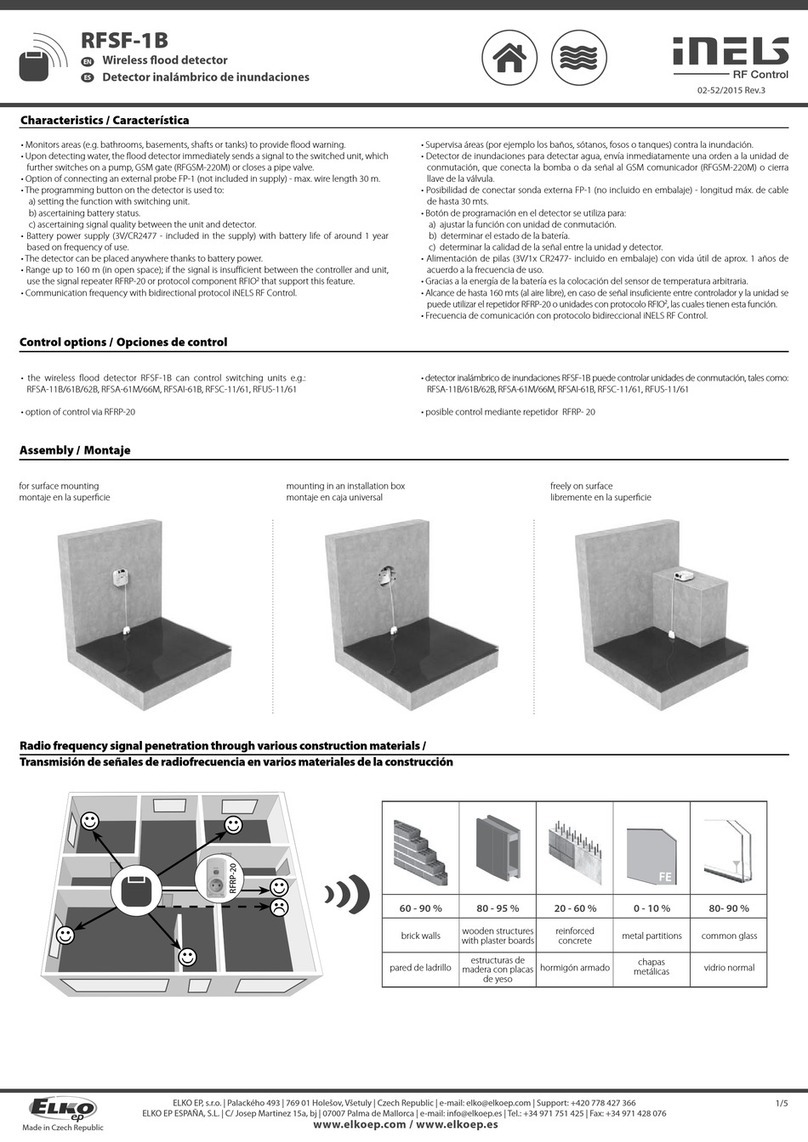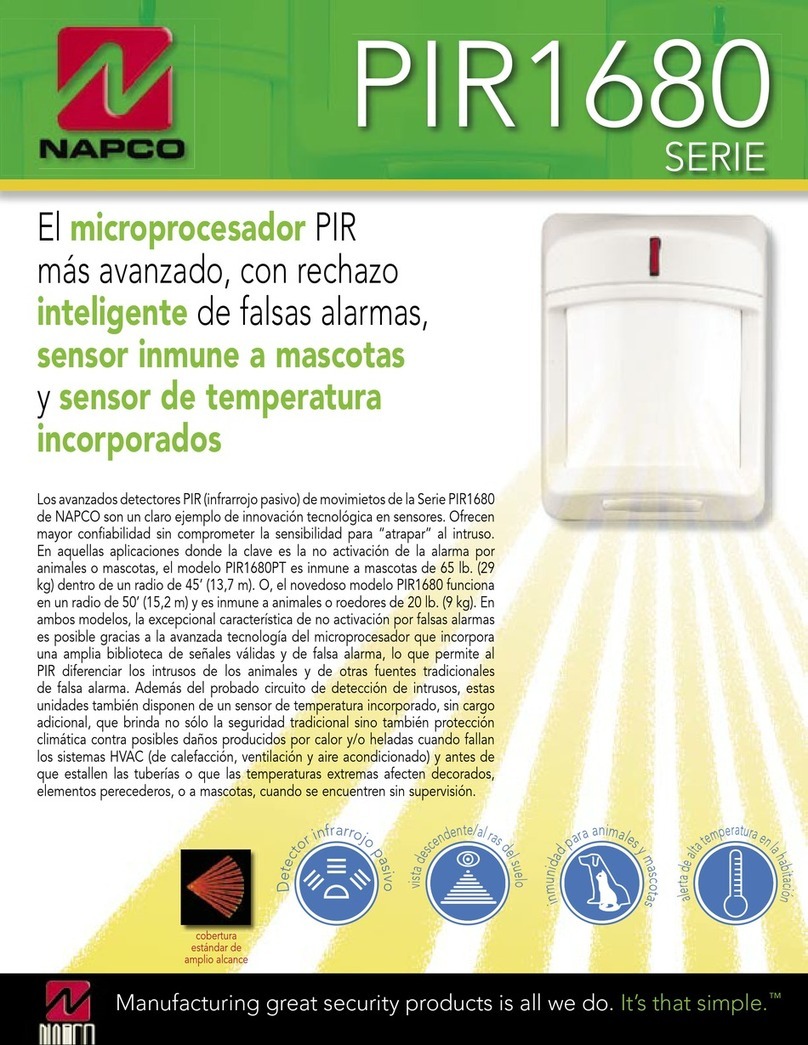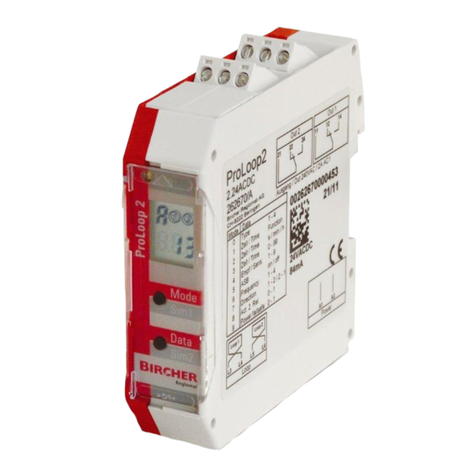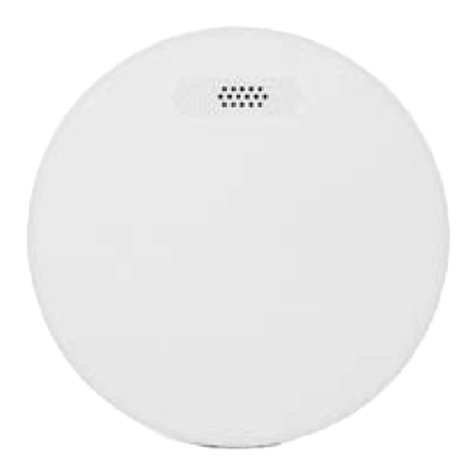
NovaLynx Corporation__________________________________________________________________________________
260-2510 Page 7 July 2023
Note: Whether the collected precipitation is rain or snow, there is the possibility that the water
collected in the gauge will freeze if night-time temperatures are low enough. Since water expands
when it freezes, the body of the rain gauge or measuring tube may be damaged. Damage due to
freezing is not covered under the warranty. To prevent damage due to freezing, an anti-freeze may be
added, which will mix with the rain & snow and lower its freezing point. Follow local regulations in the
handling and disposal of any anti-freeze products. Ensure that wildlife cannot ingest the anti-freeze,
because some products are poisonous. Be sure to record the amount of anti-freeze that is added, so
that it may be deducted from the total.
7 MEASUREMENT
Ideally, plan to read the gauge at the same time each day when precipitation occurs. Severe storms
may prevent reading at regular intervals, so the gauge has been designed to capture over-flow from
the measuring tube. The gauge is capable of holding a total of 20 inches (50 cm) of rain. It must be read
and emptied frequently enough so that it never over-flows.
It will be helpful to have two clean plastic buckets when making the rain gauge measurement. Bring
these and the measuring stick to the site either at the regular measuring time, or following the storm.
In situations where snow is being measured, it may be necessary to bring a heat source to melt the
snow in the gauge.
1. Pick out any debris such as leaves or twigs that may have landed in the rain gauge. If the
material is wet, shake the water off into the gauge.
2. If the gauge has any ice or snow in it, use a heater to melt it, but do not let it come to a boil. Do
not destroy the paint on the rain gauge while heating the gauge.
3. To measure rainfall, insert the measuring stick through the orifice of the collector funnel and
allow it to extend to the bottom of the measuring tube. Remove the stick immediately. The
precipitation collected in the measuring tube will "wet" the stick. Read, record and report the
liquid measurement to inches and hundredths (i.e., 1.34 inch).
4. If the rainfall was greater than the measuring tube capacity, there will be some water in the
measuring can, which is the body of the rain gauge. Remove the funnel. Without spilling, lift the
measuring tube out of the gauge and empty it into a bucket. Collect all the measured water in
this bucket until all measurements are done, in case it is necessary to re-measure.
5. Pour water from the measuring can into the measuring tube, being careful not to lose any. It
isn't necessary to fill the measuring tube to the top. (Note: The funnel can be placed on the top
of the measuring tube, and the whole assembly supported over an empty bucket to catch spills.)
Make sure the measuring tube is vertical while using the measuring stick to read the level.
Record the amount. After measuring, pour the water into the first bucket.










